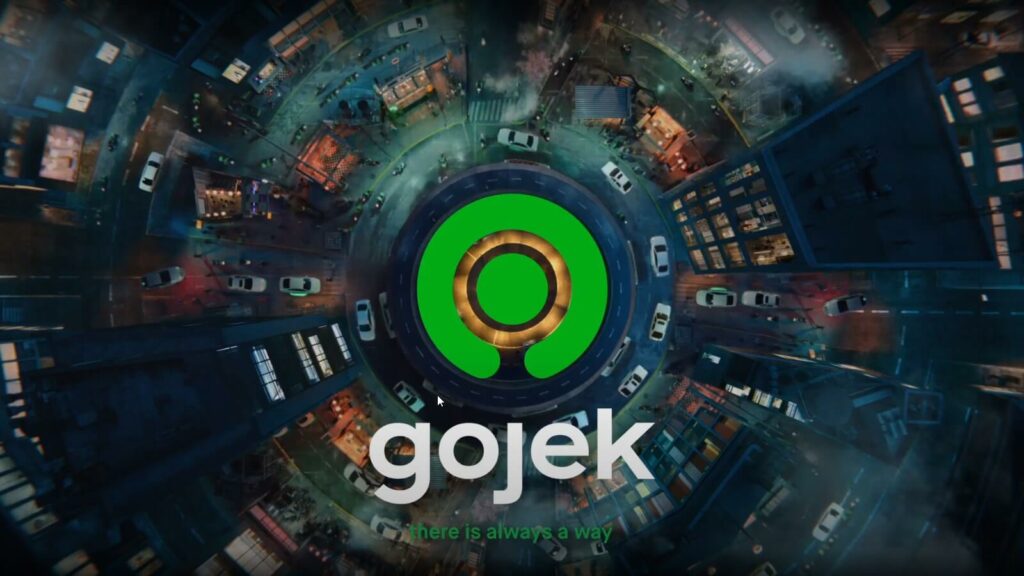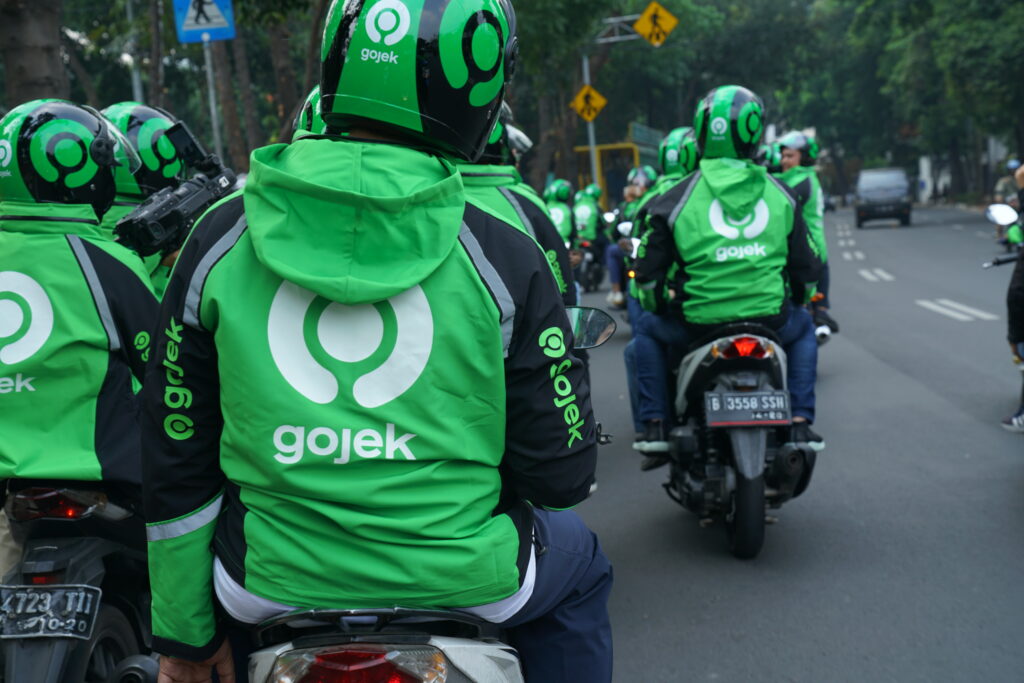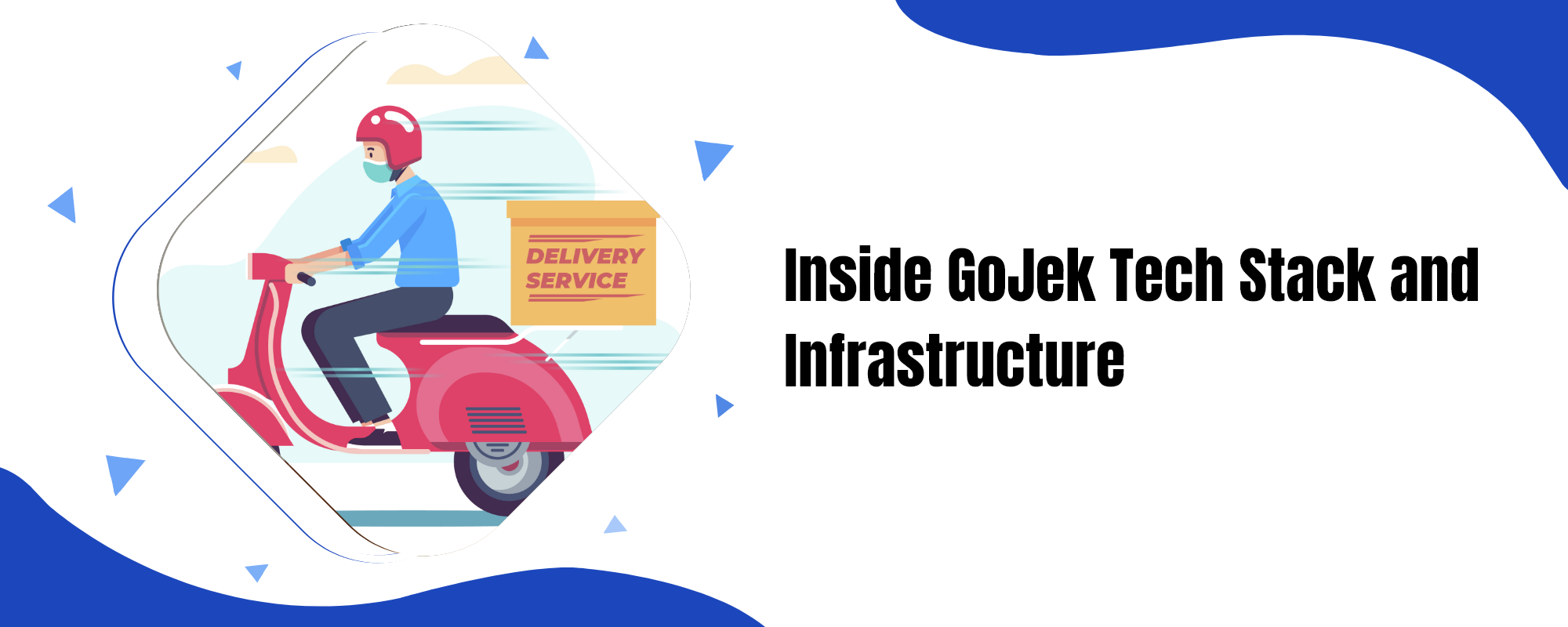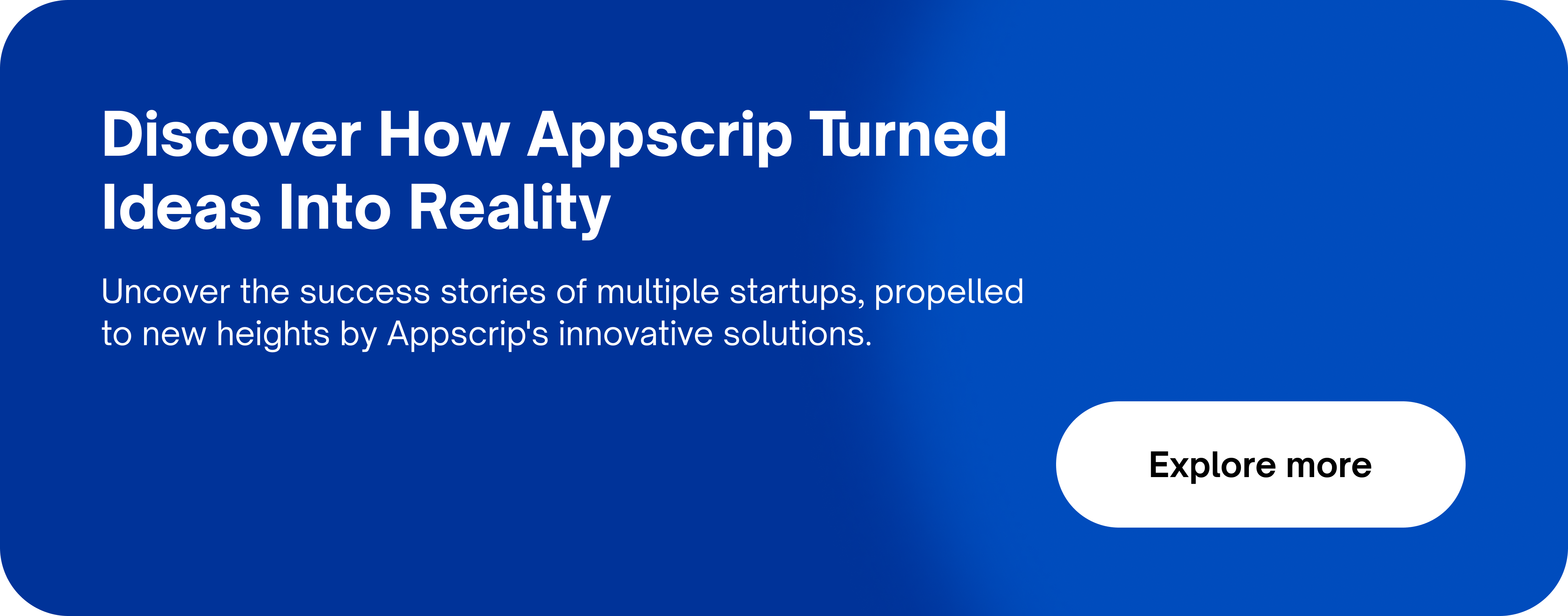In today’s fast-paced digital world, companies are constantly evolving to meet the ever-changing needs of their customers. One such company that has made waves in Southeast Asia is GoJek, an on-demand multi-service platform that has transformed into a Super App, offering a variety of services ranging from transportation and food delivery to digital payments and logistics.
Behind this impressive growth lies a robust GoJek tech stack and cloud infrastructure that supports GoJek’s ability to scale efficiently, adapt to market demands, and maintain a seamless user experience. In this article, we will delve into the intricate details of GoJek tech stack, explore the cloud infrastructure that powers its massive operations, and discuss the key components that have made it a force to be reckoned with in the digital ecosystem.

Frontend technologies of GoJek Tech Stack
As a technology-driven company, GoJek tech stack and cloud infrastructure play a critical role in supporting its diverse range of services. In this article, we will dive into the frontend technologies of GoJek’s tech stack, exploring the key components that have enabled the company to excel in the digital ecosystem.
JavaScript: As the backbone of GoJek’s frontend development, JavaScript is used extensively throughout the platform for creating interactive and dynamic user experiences. The language’s flexibility and widespread support make it an essential part of GoJek’s tech stack, enabling seamless integration with other frontend technologies.
React: Developed by Facebook, React is a popular JavaScript library utilized by GoJek for building scalable and performant user interfaces. The component-based structure of React allows GoJek’s developers to create reusable UI components, resulting in highly maintainable and efficient code. Moreover, React’s virtual DOM (Document Object Model) ensures that the app renders quickly and smoothly, providing a seamless user experience.
HTML5: As the standard markup language for structuring content on the web, HTML5 is another integral part of GoJek’s frontend tech stack. It provides the necessary foundation for rendering web pages and supports the latest multimedia elements, enabling GoJek to deliver feature-rich and visually engaging interfaces to its users.
CSS3: Cascading Style Sheets (CSS) is the technology responsible for the visual presentation of web content. GoJek tech stack employs CSS3, the latest version of this stylesheet language, to style its web pages and create responsive, visually appealing designs. CSS3’s advanced features, like media queries and animation support, allow GoJek to optimize its user interfaces for various devices and screen sizes, ensuring a consistent user experience across platforms.
Imgix: GoJek leverages imgix, a powerful image processing and optimization service, to serve high-quality, responsive images to its users. By using Imgix, the company can optimize image loading times and improve overall app performance, providing a faster and more enjoyable user experience. This image optimization technology also plays a vital role in reducing bandwidth consumption, resulting in cost savings for the company.
Backend technologies of GoJek Tech Stack
GoJek’s backend technologies play a crucial role in supporting its wide range of services and maintaining seamless functionality. Here are some of the key backend technologies used by GoJek:
Java: Java is a popular programming language used by GoJek for building scalable, reliable, and efficient backend systems. It offers platform independence and robustness, making it ideal for handling the demands of GoJek’s diverse services.
Ruby: Ruby is another programming language used by GoJek. It is known for its simplicity, readability, and ease of use. Ruby on Rails, a web application framework built on Ruby, allows developers to quickly build and maintain web applications, contributing to GoJek’s agility in rolling out new features and services.
GitLab: GoJek uses GitLab for source code management, continuous integration, and continuous deployment. It enables their development team to collaborate effectively and maintain version control, ensuring a smooth development process and faster deployment of updates.
Kubernetes: GoJek leverages Kubernetes as a container orchestration platform for automating deployment, scaling, and management of their applications. It helps them manage the complex infrastructure required to support their services efficiently and ensures the high availability of their systems.
Microsoft Azure: As one of GoJek’s top technologies, Microsoft Azure provides cloud computing services to support their growing infrastructure needs. Azure offers a range of tools and services for building, deploying, and managing applications, allowing GoJek to scale rapidly and handle increasing demand.
Kafka: Kafka is a distributed streaming platform used by GoJek for real-time data processing. It enables them to handle large volumes of data and events, ensuring that their services remain responsive and performant even during peak usage.
Cassandra: GoJek relies on Cassandra, a highly scalable and distributed NoSQL database, for managing large amounts of data across many commodity servers. This allows them to achieve high availability, fault tolerance, and excellent performance, which are essential for delivering a seamless user experience.
Redis: Redis is an in-memory data structure store used by GoJek tech stack as a cache and message broker. It helps reduce latency and improve performance by storing frequently accessed data in memory, enabling faster data retrieval.

Infrastructure technologies of GoJek Tech Stack
Microsoft Azure: GoJek uses Microsoft Azure, a leading cloud computing platform, to host its applications and services. Azure provides a range of cloud services, including computing, storage, and networking capabilities, which enable GoJek to build, deploy, and manage its applications and services across a global network of Microsoft data centers.
Kubernetes: Kubernetes is an open-source container orchestration platform that automates the deployment, scaling, and management of containerized applications. GoJek leverages Kubernetes to ensure the efficient and seamless functioning of its applications, as well as to scale its infrastructure according to the demand of its users.
GitLab: GitLab is a web-based DevOps lifecycle tool that provides a single platform for managing the entire software development process, from code management and continuous integration to deployment, monitoring, and collaboration. GoJek tech stack uses GitLab to streamline its development processes, improve collaboration between its teams, and ensure the timely delivery of high-quality software.
Cassandra: Cassandra is a highly scalable, distributed database system designed to handle large amounts of data across many commodity servers. It provides high availability with no single point of failure, making it a suitable choice for GoJek’s mission-critical applications. GoJek uses Cassandra to store and manage its vast amounts of user data, ensuring a seamless user experience.
Big Data: GoJek tech stack leverages big data technologies to analyze and process the massive amounts of data generated by its users, drivers, and services. These insights allow GoJek to optimize its operations, improve user experience, and drive business growth.
Machine Learning: GoJek utilizes machine learning algorithms to enable its platform to learn from the data it processes and make intelligent decisions. This allows GoJek to offer personalized recommendations to its users, optimize its routing algorithms, and automate various processes across its platform.
Read more: Why Choose a Full Stack Development Company?
Conclusion
GoJek’s innovative and robust tech stack, featuring GitLab, Cassandra, Redis, Kafka, big data, and machine learning, has played a pivotal role in the company’s meteoric rise as a leading technology-driven platform. By adopting these cutting-edge cloud infrastructure technologies, GoJek tech stack has been able to streamline development processes, efficiently manage massive amounts of user data, and enhance application performance.
Furthermore, the insights gained from analyzing user behavior and leveraging machine learning algorithms have empowered GoJek to make intelligent decisions, fueling its continuous growth and expansion. As the digital landscape evolves, GoJek’s commitment to embracing advanced technology will undoubtedly help the company maintain its competitive edge and continue to transform the way users interact with on-demand services.









